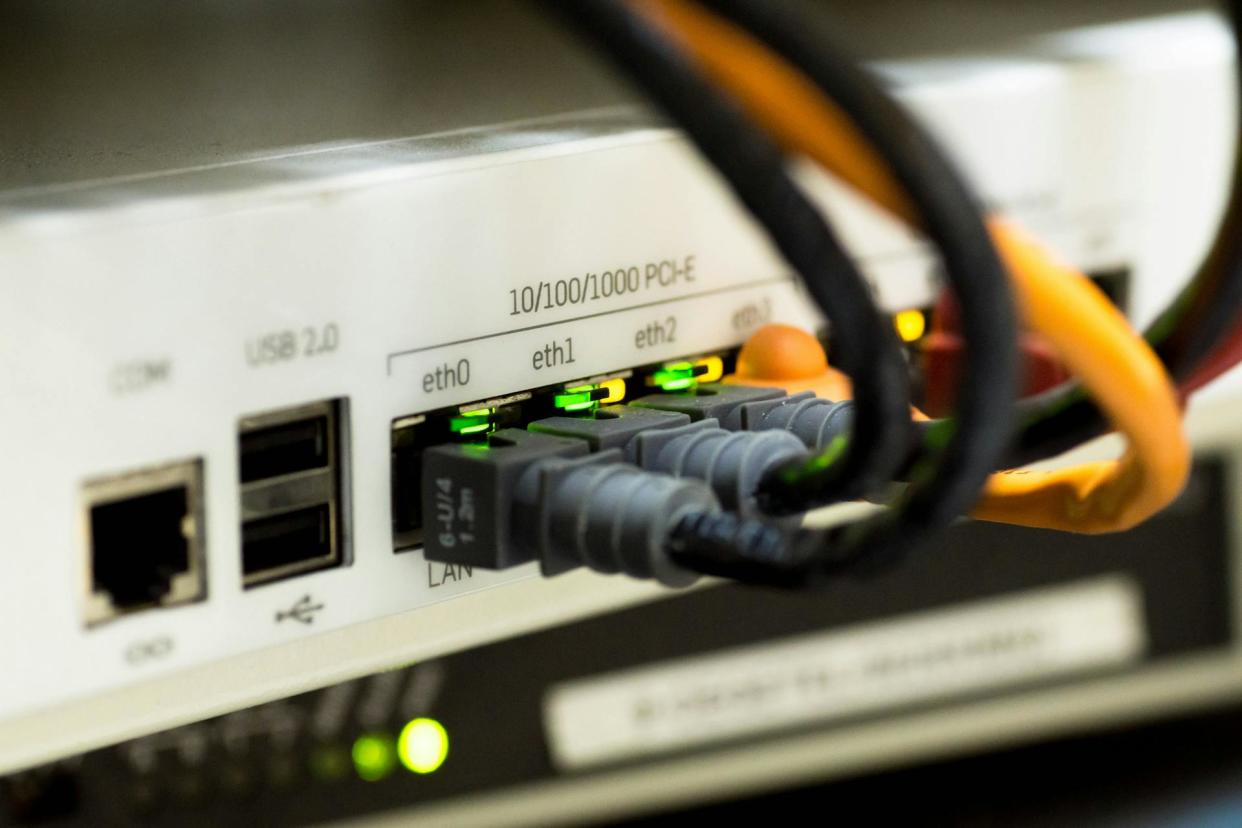FCC quadruples requirements for basic broadband service — 100Mbps download and 20Mbps upload are now the base standard

The Federal Communications Commission (FCC) today announced that it has updated what it considers to be the benchmark for broadband speeds. The update sees 100 Mbps download and 20 Mbps upload as the new standard. This is a four-fold increase compared to a 2015, which set the benchmark to 25 Mbps download and 3 Mbps upload. As our Internet dependence increases, changing the bare minimum speed to be called broadband needs to evolve. The FCC explains how it determines the speeds to qualify as a broadband connection
"The increase in the Commission’s fixed speed benchmark for advanced telecommunications capability is based on the standards now used in multiple federal and state programs (such as NTIA’s BEAD Program and multiple USF programs), consumer usage patterns, and what is actually available from and marketed by internet service providers."
The report also indicates that in the long term, it aims to set a long term goal of 1 Gbps/ 500 Mbps speeds for American consumers, but no date is given in the release.
Updating the benchmark standard is a given. We all need faster Internet connections for home working, streaming and gaming. Nvidia GeForce Now requires at least 35Mbps for 1080p at 240 FPS. Higher speeds will be required for lag-free multiplayer gaming. For movie streaming, Netflix needs 15 Mbps or higher for 4K streaming but it also has aspirations to expand into cloud gaming.
Other Evaluations by the FCC
This report also analyzes its deployment and other factors such as affordability, adoption, availability, and equal access. Last year, the White House announced plans to invest $42 Billion for universal internet access by 2030. Based on the data it collected as of December 2022, the report highlights the following:
Fixed terrestrial broadband service (excluding satellite) has not been physically deployed to approximately 24 million Americans, including almost 28% of Americans in rural areas, and more than 23% of people living on Tribal lands;
Mobile 5G-NR coverage has not been physically deployed at minimum speeds of 35/3 Mbps to roughly 9% of all Americans, to almost 36% of Americans in rural areas, and to more than 20% of people living on Tribal lands;
45 million Americans lack access to both 100/20 Mbps fixed service and 35/3 Mbps mobile 5G-NR service; and
Based on the new 1 Gbps per 1,000 students and staff short-term benchmark for schools and classrooms, 74% of school districts meet this goal
Is 100 Mbps "fast"?
For many casual users, 100 Mbps should be plenty. While cities and most towns would have easy access to more than 100 Mbps speeds, this might not be the situation in remote locations. So getting such speeds in certain locations would come at a premium. The FCC said, In addition to deployment, the report considers broadband affordability, adoption, availability, and equitable access when determining whether broadband is being deployed in a reasonable and timely fashion to all Americans.”
With the help of such reports, government bodies including local councils could assess the situation and make provisions to have a wide deployment, including fiber. As reliance on telephonic communications is decreasing, having the best possible internet speeds and accessibility grows for home, commercial, and educational purposes.

